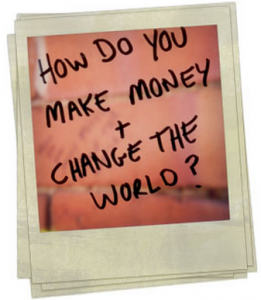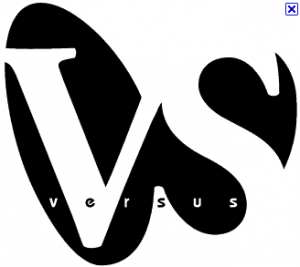What is a better way to name an entrepreneurship venture than “DreamNow”? Entrepreneurship is the epitome of thinking big and realizing the thinking. DreamNow is a non-profit organization that helps others do the same, helping others build projects that do good, that are cool, that make sense, that are self-sustainable.
DreamNow is the prime example of entrepreneurship. It offers new services never offered before. For example, Continuum is a service that follows up with delegates after an inspiring event to make sure energy is turned into effective action. There is definitely demand for this type of service for post-conference actions are always planned but hardly executed. DreamNow is building potential for ideas and is established based the market demand and supply for innovative ideas. It is investing in a new market never fully realized before.
Unlike traditional businesses, however, DreamNow is not focused on wealth creation, but it’s primary purpose is to not blindly allow people lose the value of powerful ideas. The wealth that is described in “A Definition of Entrepreneurship” on QuickMBA.com for DreamNow is the positive impact ideas can have on society and the risk to not having DreamNow is society’s loss to innovative action and change.
This image, for me, represents entrepreneurship.





 _______________
_______________ ______________
______________ 

